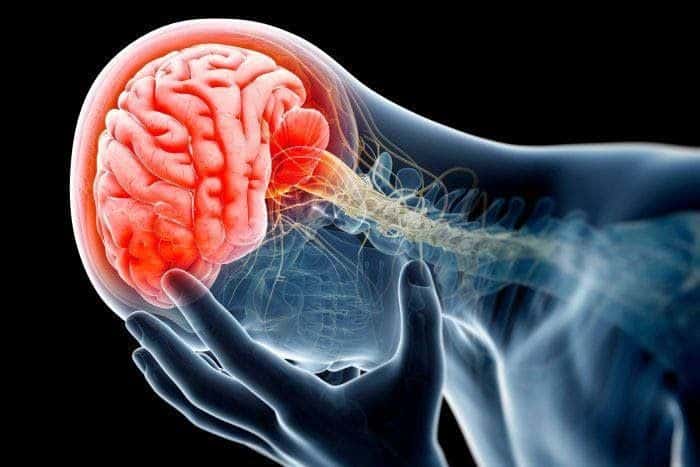Mild Traumatic Brain Injuries: Impact, Prevalence, and Management
Amidst the din of visible injuries, mild traumatic brain injuries (mTBI) often lurk in the shadows, their silent yet profound impact overshadowed by more overt traumas. Despite their seemingly invisible nature, these injuries take a staggering toll on individuals, families, and society as a whole, both in terms of human suffering and economic burden. With more than 1.5 million Americans experiencing a traumatic brain injury (TBI) annually, of which as many as 75-80% constitute mTBI, it is imperative to unravel the complexities of this often underestimated condition.
The Silent Epidemic: The Prevalence and Cost of mTBI
Behind the veil of silence, mild traumatic brain injuries silently ravage lives and communities, contributing to a significant portion of the nation’s healthcare burden. The financial toll alone is staggering, with mTBI costing the nation nearly $17 billion annually in medical expenses and lost productivity. Despite its pervasive impact, mTBI often eludes detection and diagnosis, leading to underreporting and underestimation of its true prevalence. Heightened awareness and proactive intervention are essential to mitigate the human and economic toll of this silent epidemic.
Deciphering the Enigma: Defining mTBI

At the heart of the mild traumatic brain injuries conundrum lies the challenge of accurate diagnosis and classification. Defined as an injury to the head resulting from blunt trauma or forces involving acceleration or deceleration, mTBI encompasses a broad spectrum of symptoms and sequelae. Key indicators include any period of loss of consciousness, loss of memory for events surrounding the injury, or alterations in mental state at the time of the incident. However, the subtlety and variability of these symptoms often complicate diagnosis, necessitating a comprehensive assessment approach to capture the full extent of mTBI-related impairments.
Unveiling the Hidden Impact: The Challenges of mTBI Diagnosis and Management
Despite advancements in medical imaging and diagnostic techniques, identifying and managing mTBI remains a formidable challenge. The invisible nature of mild traumatic brain injuries, coupled with their nonspecific symptoms, often leads to underrecognition and misdiagnosis. Individuals may downplay their symptoms or attribute them to unrelated causes, delaying access to critical care and support services. Moreover, the complex interplay of physical, cognitive, and emotional symptoms further complicates the diagnostic process, necessitating a multidisciplinary approach to assessment and management.
Addressing the Consequences of Mild Traumatic Brain Injuries
The aftermath of mild traumatic brain injuries can be fraught with challenges, ranging from cognitive impairments and emotional disturbances to physical disabilities. While many individuals may experience spontaneous recovery, others may grapple with persistent symptoms and long-term sequelae.
Rehabilitation and support services play a pivotal role in facilitating recovery and promoting optimal outcomes for individuals with mild traumatic brain injuries. From cognitive therapy and physical rehabilitation to psychoeducation and vocational support, a comprehensive approach to care is essential for addressing the multifaceted needs of mTBI survivors and maximizing their quality of life.
Shedding Light on the Shadows: Raising Awareness and Promoting Prevention
In the face of the silent epidemic of mTBI, raising awareness and promoting prevention is paramount. Education campaigns aimed at recognizing the signs and symptoms of mTBI can empower individuals to seek timely medical attention and access appropriate care. This is crucial because early detection and intervention can significantly improve outcomes and reduce long-term complications.
Initiatives to mitigate risk factors play a vital role in preventing mTBI. These include:
- Promoting safe practices in sports and recreational activities: Ensuring the use of proper protective gear, adhering to safety rules, and educating athletes, coaches, and parents about the risks and signs of mTBI can help reduce the incidence of these injuries.
- Advocating for improved workplace safety standards: Implementing stringent safety protocols, providing adequate training, and ensuring a safe working environment can help prevent mTBIs in occupations prone to head injuries.
By shining a light on the shadows of mild traumatic brain injuries, we can foster a culture of vigilance, compassion, and proactive intervention. Here are key takeaways for readers:
- Recognize the Signs: Be aware of common symptoms of mTBI, such as headaches, dizziness, confusion, and memory problems. Early recognition is crucial for seeking timely medical care.
- Promote Safety: Whether in sports, at work, or during recreational activities, always prioritize safety and use protective measures to prevent head injuries.
- Advocate for Awareness: Support and participate in education campaigns that aim to spread knowledge about mTBI, its symptoms, and the importance of early intervention.
- Seek Professional Help: If you suspect an mTBI, consult healthcare professionals immediately. Proper diagnosis and management are essential for recovery.
Conclusion: Illuminating the Path Forward
Mild traumatic brain injuries may be invisible to the naked eye, but their impact is palpable and profound. As we navigate the complexities of mTBI diagnosis, management, and prevention, it’s imperative to shine a light on this often-overlooked condition. By fostering greater awareness, advancing research, and advocating for improved care, we can illuminate the path forward, ensuring better outcomes and brighter futures for individuals affected by mTBI.


